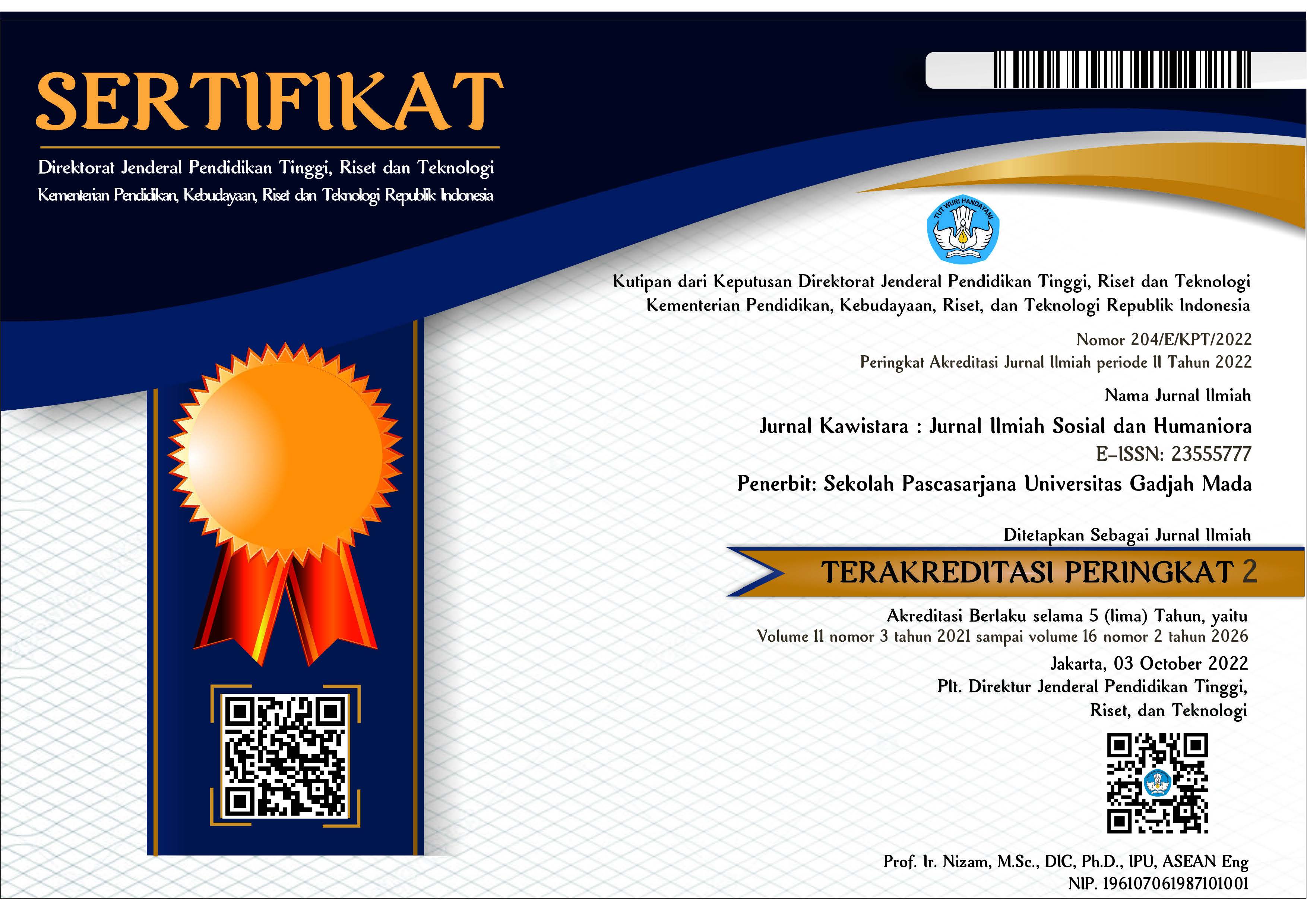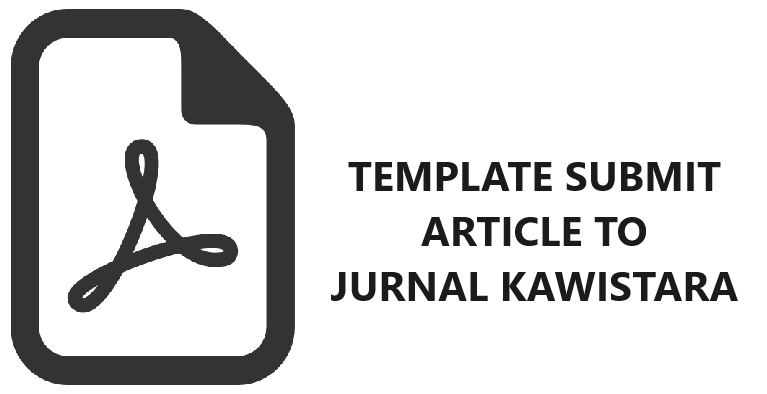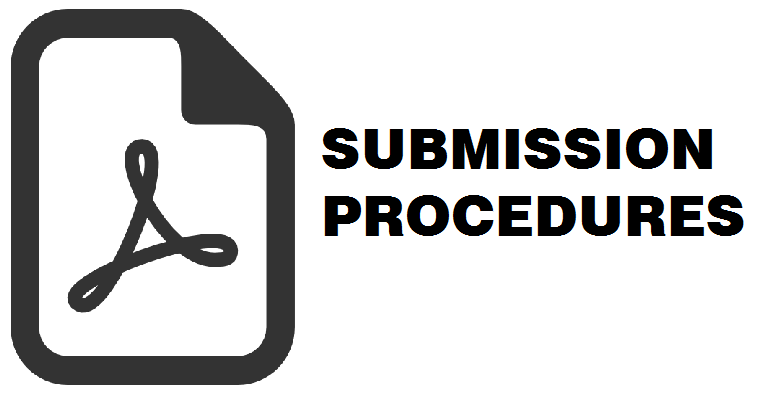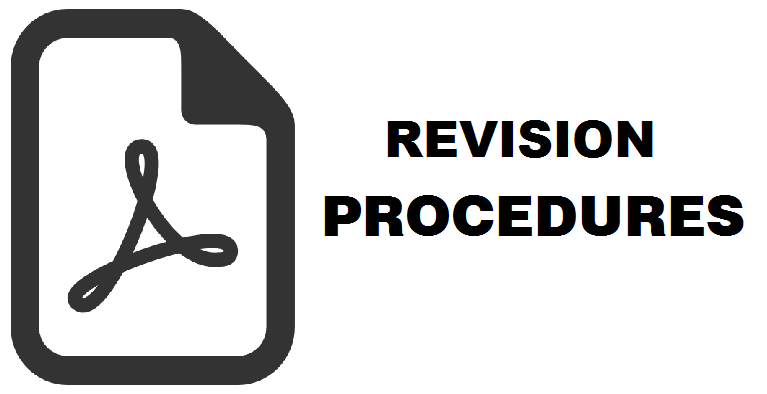TRIBAL COMMUNITY AND DISASTER RESILIENCE: BAJO COMMUNITY AND THEIR COPING STRATEGY TO CYCLONE IN MUNA BARAT DISTRICT
Dina Ruslanjari(1*), Titis Puspita Dewi(2), Anisa Eka Puspitasari(3)
(1) Master Study Program of Disaster
(2)
(3)
(*) Corresponding Author
Abstract
Muna Barat District is a prone area to natural disasters, such as earthquakes and tidal waves. The cyclone and tidal waves often occur and those two phenomena occur during the transition season (from the dry to the rainy season). This research aims to analyse the vulnerability and capacity related to the readiness of the community of Bajo Tribe to face the cyclone . The method being applied in this research is quantitative descriptive. Furthermore, the village that are selected purposively are those where located on the sea and hit by the cyclone. The sample chosen is the head of family of Bajo Tribe. Vulnerability and capacity are counted with Analytical Hierarchy Process (AHP) weighting in determining the priority scale or the most preferred alternative choice. The result of this research is Tiga, Bero, Tasipi, and Katela Village are categorized as medium vulnerability and Mandike Village has low vulnerability. Tiga, Bero, Tasipi, Mandike, and Katela Village are classified as medium capacity.
Keywords
Full Text:
PDFReferences
Aliabadi, S., and Modiri. 2015. The Social and Physical Vulnerability Assessment of Old Texture Against Earthquake (Case Study: Fahadan District in Yazd City. Arab Journal GEOSCI, 8(12): 10775–10787.
Alexander, D. 2015. Disaster and Emergency Planning for Preparedness, Response, and Recovery. Retrieved at April 3, 2019. Available Online at http://oxfordre.com/naturalhazardscience/view/10.1093/acrefore/9780199389407.001.0001/acrefore-9780199389407-e-12.
BAKORNAS PB. 2007. Pengenalan Karakteristik Bencana dan Upaya Mitigasinya di Indonesia, Jakarta: Direktorat Mitigasi Badan Koordinasi Nasional Penanganan Bencana (BAKORNAS PB). Bakornas PB. Jakarta.
Badan Nasional Penanggulangan Bencana (BNPB). 2015. Rencana Nasional Penanggulangan Bencana. BNPB, Jakarta: Badan Nasional Penanggulangan Bencana.
Badan Pusat Statistik Kabupaten Muna. 2017. Muna Barat Dalam Angka. Badan Pusat Statistik Kabupaten Muna, Sawerigadi: Badan Pusat Statistik Kabupaten Muna.
Birkmann. 2006. Measuring Vulnerability to Promote Disaster-Resilient Societies: Conceptual Frameworks and Definitions, New York: United Nations University Press.
Cutter, S.L., Boruff, B.J., and Shirley, W.L. 2003. Social Vulnerability to Environmental Hazards. Social Science Quarterly, Southwestern Social Science Association, 84(2): 242-261.
Cutter, S.L. and Finch, C. 2008. Temporal and Spatial Changes in Social Vulnerability to Natural Hazards. Proceedings of the National Academy of Sciences, 105(1): 2301-2306.
Harsa, H., Handayani, R. K. S, and Noviati, W. 2011. Pemanfaatan Sataid untuk Analisa Banjir dan Angin Puting Beliung: Studi Kasus Jakarta dan Yogyakarta. Retrieved May 20, 2018. Available Online at puslitbang.bmkg.go.id/jmg/index.php/jmg/article/view/101.
Jaswadi; Rijanta, R.; dan Hadi, M. P. 2012. Tingkat Kerentanan dan Kapasitas Masyarakat dalam Menghadapi Risiko Banjir di Kecamatan Pasar Kliwon Kota Surakarta. Majalah Geografi Indonesia, 26(2): 119-148.
Jimee, G.K. 2006. Seismic Vulnerability and Capacity Assessment at Ward Level A Case Study of Ward No. 20, Lalitpur Sub – Metropolitan City, Nepal. Thesis. Netherland: ITC Enschede.
Lummen and Yamada. 2014. Implementation of an Integrated Vulnerability and Risk Assessment Model. Nat Hazards, 73(1): 1085–1117.
Malthuf, Muhammad. 2015. Analisis Persepsi Risiko Bencana Gempabumi di Kabupaten Klaten, Provinsi Jawa Tengah. Pertemuan Ilmiah Tahunan Riset Kebencanaan Ke-2. Yogyakarta: Ikatan Ahli Bencana Indonesia (IABI).
MJ, Stimers and BK, Paul. 2016. Toward Development of the Tornado Impact-Community Vulnerability Index. Journal of Geography and Natural Disasters, 6(1): 1-11.
Muta’ali. Luthfi. 2014. Perencanaan Pengembangan Wilayah Berbasis Pengurangan Risiko Bencana. Yogyakarta: BPFG Universitas Gadjah Mada.
Notoatmodjo, S. 2007. Promosi Kesehatan dan Ilmu Perilaku. Jakarta: Rineka Cipta
Paul, Shitangsu Kumar. 2013. Vulnerability Concepts and Its Application in Various Fields: A Review on Geographical Perspective. Journal Life Earth Sci, 8(1): 63-81.
Peraturan Kepala Badan Nasional Penanggulangan Bencana Nomor 02 Tahun 2012 Tentang Pedoman Umum Pengkajian Risiko Bencana. Jakarta.
Ruslanjari, Dina. 2016. Pengaruh Sosio Kultural Kesiapsiagaan Masyarakat dalam Peningkatan Kapasitas Pasca Bencana Gempabumi (Kasus Kabupaten Alor - NTT). Yogyakarta: Prosiding Hibah SPs.
Saaty, T.L. 2008. Decision Making with The Analytic Hierarchy Process. International Journal Services Sciences, 1(1).
Sekretariat Kabinet Republik Indonesia. 2015. Presidential Decree No. 2 of 2015 on the National Medium-Term Development Plan (RPJMN) 2015-2019. Sekretariat Kabinet. Jakarta
Siagian, T.H, Purhadi, Suhartono, Ritonga, H. 2012. Social Vulnerability to Natural Hazards in Indonesia: Driving Factors and Policy Implications. Nat Hazards, 70(1): 1603–1617. DOI 10.1007/s11069-013-0888-3.
Soepono, B. 2002. Statistik dalam Penelitian Ilmu-Ilmu Sosial dan Pendidikan. Jakarta: Rineka Cipta.
Sugiyono. 2014. Metode Penelitian Kuantitatif Kualitatif dan R&D. Bandung: Alfabeta.
Suprapto, O., Harahap, S. A., and Herawati, T. 2016. Analisis Kerentanan Fisik Pantai di Pesisir Garut Selatan Jawa Barat. Jurnal Perikanan Kelautan, 7(2): 51-57.
Thywissen, 2006. Components of Risk, A Comparative Glossary. Bonn: United Nations University Institute for Environment and Human Security.
Twigg, J. 2004. Disaster Risk Reduction: Mitigation and Preparedness in Development and Emergency Programming, Humanitarian Practice Network (HPN), London: Good Practice Review 9.
Undang-Undang Republik Indonesia Nomor 24 Tahun 2007 Tentang Penanggulangan Bencana. Lembaran Negara Republik Indonesia Tahun 2007 Nomor 66. Jakarta: Sekretariat Kabinet.
UNISDR. 2004. Living with Risk: A Global Review of Disaster Reduction Initiatives. New York: United Nations International Strategy for Disaster Reduction Secretariat (UNISDR).
UNISDR. 2009. UNISDR Terminology on Disaster Risk Reduction. Geneva: United Nations International Sustainable Development Reduction (UNISDR).
UNISDR. 2015. Sendai Framework for Disaster Risk Reduction 2015-2030. Geneva: United Nations International Strategy for Disaster Reduction Secretariat (UNISDR).
Van Westen, C. J., Alkema, D., Damen, M. C., Kerle, N., and Kingma, N. C. 2011. Multi-Hazard Risk Assessment. Netherlands: ITC.
Vogel, C. and O’Brien, K. 2004. Vulnerability and Global Environmental Change: Rhetoric and Reality. Information Bulletin on Global Environmental Change and Human Security, Number 13. Ottawa: Environmental Change and Security Project and the International Development Research Centre.
Walch, C.. 2017. Typhoon Haiyan: Pushing the Limits of Resilience? The Effect of Land Inequality on Resilience and Disaster Risk Reduction Policies in The Philippines. Journal Critical Asian Studies, 50(1): 122-135.
Yunus, H. S. 2010. Metodologi Penelitian Wilayah Kontemporer. Yogyakarta: Pustaka Pelajar.
Article Metrics
Refbacks
- There are currently no refbacks.
Copyright (c) 2019 Dina Ruslanjari, dkk

This work is licensed under a Creative Commons Attribution-ShareAlike 4.0 International License.
Jurnal Kawistara is published by the Graduate School, Universitas Gadjah Mada.











